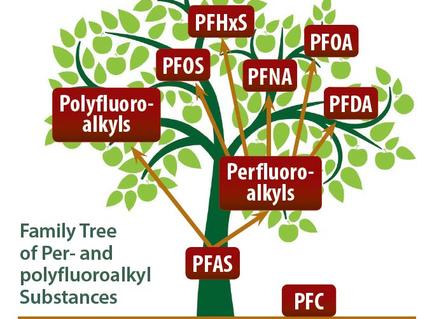
Rena Jones, Ph.D., M.S.
NCI Shady Grove | Room 6E606
Biography
Dr. Jones earned her M.S. and Ph.D. degrees in epidemiology from the University at Albany (State University of New York) School of Public Health. She joined the Occupational and Environmental Epidemiology Branch (OEEB) as a postdoctoral fellow in 2012, became a research fellow in 2014, and was appointed to the tenure track in 2017 and awarded scientific tenure by the NIH in 2024. Dr. Jones’s work has been recognized with several awards, including the DCEG Fellows Award for Research Excellence, the DCEG Intramural Research Award, the NCI Director’s Innovation Award, and the Sallie Rosen Kaplan Fellowship for Women Scientists in Cancer Research. In 2021, she received the DCEG Outstanding Mentor Award.
Research Interests
Dr. Jones’s research focuses on the investigation of cancer risk associated with environmental contaminants, especially air and water pollutants. Her work relies on the application of Geographic Information Systems (GIS) and novel approaches to assess environmental exposures and evaluate how they may cause cancer.
Outdoor Air
Outdoor air pollution is a known lung carcinogen, but the specific pollutants driving cancer risk and etiologic mechanisms are not well understood. Dr. Jones is pursuing some of these questions in the Los Angeles Ultrafines Study, such as whether ultrafine particles (UFP), primarily emitted from vehicle exhaust, are a cause of lung cancer. Estimation of participants’ exposures to air pollution in this study requires innovation in both data collection and modeling and makes use of a state-of-the-art approach for retrospectively quantifying exposure to UFP and other pollutants. She is also leading multiple investigations of biologically plausible cancer associations with traffic-related air pollutants within the large, prospective NIH-AARP Diet and Health Study cohort.
Dr. Jones is also leading efforts to evaluate potential cancer risks associated with air pollutants from industrial sources, to which much of the general population is routinely exposed, and with air pollutants arising from intensive animal agriculture.
Drinking Water
Drinking water is an important route of exposure to numerous compounds of public health concern, including agricultural contaminants, disinfection-byproducts (DBPs), and biologically active substances. Cancer risks associated with these exposures are not well understood, especially because measurement data to estimate exposure in epidemiologic study populations is limited. Dr. Jones’s drinking water research aims to address issues relating to exposure characterization and to describe cancer risks associated with contaminants of concern. She has developed exposure metrics for nitrate in public water supplies, which she and collaborators have used to investigate nitrate associations with several cancers. Intriguing findings from the Iowa Women’s Health Study have motivated an effort to apply similar techniques in two additional cohorts—the Agricultural Health Study and the California Teachers Study.
Dr. Jones also has led multiple analyses of DBPs in public drinking water, investigations that considered concomitant exposure to nitrate and other compounds. She led an effort to evaluate the utility of bioassays in characterizing exposures to endocrine-disrupting compounds in drinking water. She is also advancing research on environmentally persistent water contaminants, including per- and polyfluoralkyl substances, and their relation to cancer.
Exposure Assessment
A fundamental underpinning of high-quality environmental epidemiologic studies of cancer etiology is accurate exposure assessment. The development of metrics that adequately reflect human exposure requires an understanding of exposure pathways, environmental transport and persistence, and individual exposure determinants, all of which have sources of uncertainty, especially in retrospective studies. Dr. Jones takes several approaches to improve long-term environmental exposure estimates, including optimizing the spatial accuracy of residential addresses and exposure sources, characterizing participant mobility and time spent in microenvironments, and incorporating information from surveys, regulatory monitoring data, and other external datasets. Her work also focuses on characterizing exposure mixtures and validation studies to evaluate the quality of exposure estimates.
Dr. Jones is chair of the DCEG Geographic Analysis Working Group, which seeks to advance the use of Geographic Information Systems (GIS) and geospatial methods in epidemiologic studies of cancer.
Information for Journalists
To request an interview with a DCEG investigator, please submit your request using this form: Request For Comment | HHS.gov.


